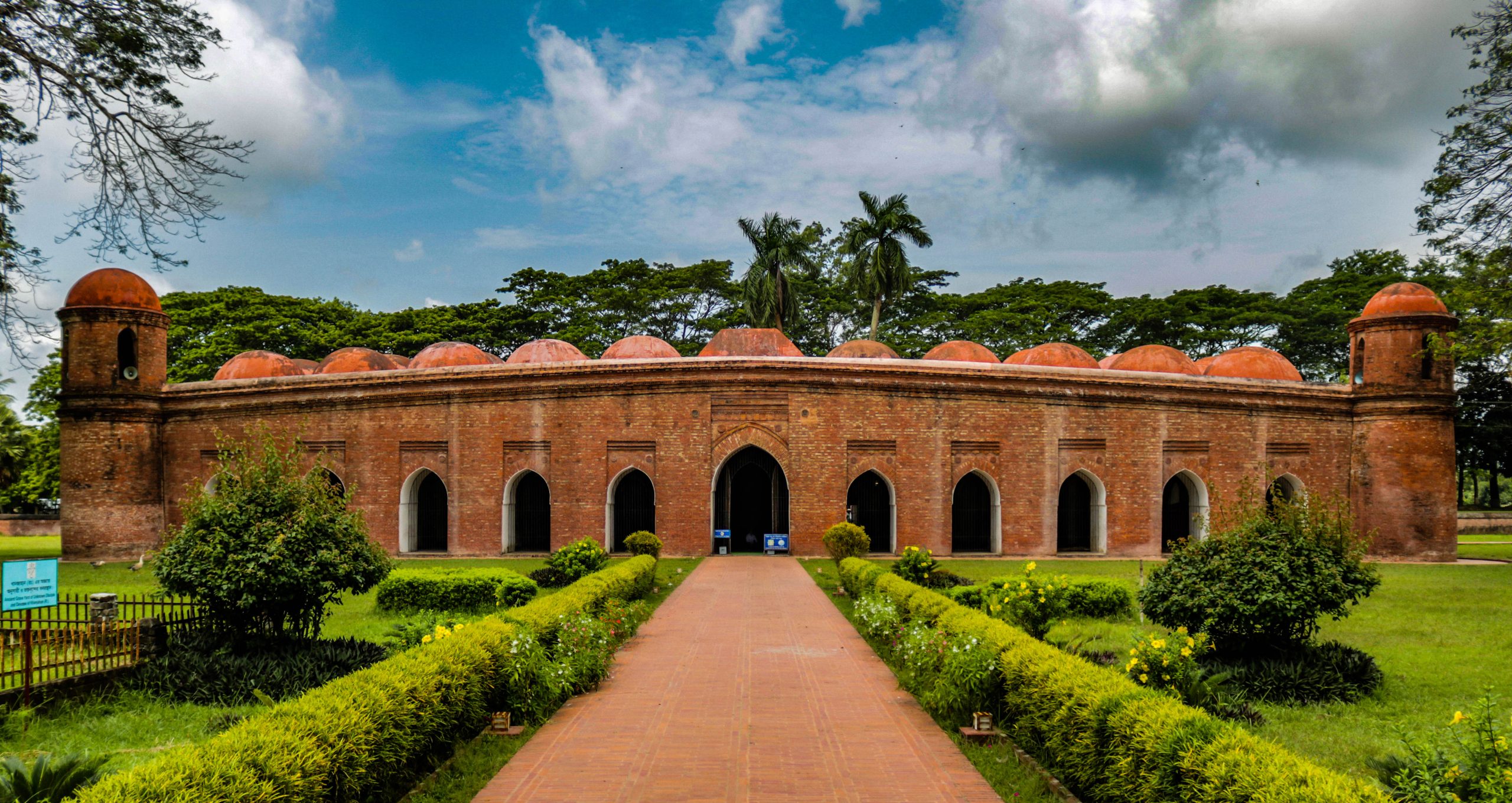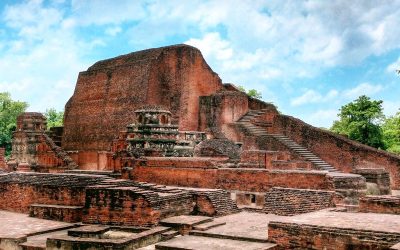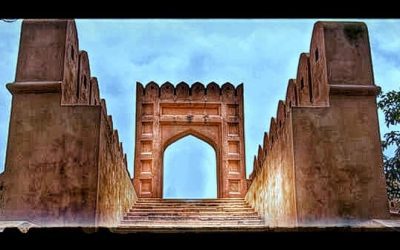The Sixty Dome Mosque, also known as the “Shat Gambuj Mosque,” is a historic mosque located in the city of Bagerhat, in the Khulna Division of Bangladesh. It is a UNESCO World Heritage Site, and is considered one of the finest examples of the sultanate period of Bengal. The mosque was built in the 15th century by the Turkish general Ulugh Khan Jahan, who served as the governor of Bengal under the Bengal Sultanate. The mosque is known for its impressive size and grandeur, and is considered one of the most important examples of Islamic architecture in Bangladesh.
The Sixty Dome Mosque is named after the 60 domes that adorn its roof, which are supported by a network of arches and pillars. The interior of the mosque is spacious and open, with a central courtyard surrounded by prayer halls on all four sides. The walls of the mosque are adorned with intricate carvings and frescoes, and the dome is decorated with glazed tiles. The Sixty Dome Mosque is an important place of worship for the Muslim community in Bangladesh, and is also a popular tourist attraction. Visitors can take guided tours of the mosque to learn more about its history and architecture.
The Sixty Dome Mosque is an architectural masterpiece, and is considered one of the most important examples of the Bengal Sultanate period. It was built in the mid-15th century, during the reign of Sultan Nasiruddin Mahmud Shah, who was the ruler of Bengal at the time. The mosque was constructed by the Turkish general Ulugh Khan Jahan, who was appointed as the governor of Bengal by the sultan. Ulugh Khan Jahan was a skilled engineer and architect, and he oversaw the construction of the mosque using the best materials and craftsmanship available at the time.
The Sixty Dome Mosque is an example of the “multidomed” style of mosque architecture, which was popular during the Bengal Sultanate period. The mosque is built on a raised platform, and is surrounded by a series of arched galleries that are supported by pillars. The galleries are covered by 60 domes, which are arranged in a circular pattern around the central courtyard. The dome is decorated with glazed tiles, which give the mosque its distinctive appearance.
The interior of the Sixty Dome Mosque is spacious and open, with a central courtyard surrounded by prayer halls on all four sides. The walls of the mosque are adorned with intricate carvings and frescoes, which depict scenes from the Quran and the life of the Prophet Muhammad. The mosque is also decorated with a series of inscriptions, which are written in Arabic and Persian. The inscriptions contain verses from the Quran, as well as prayers and other religious texts.
The Sixty Dome Mosque is an important place of worship for the Muslim community in Bangladesh, and is also a popular tourist attraction. Visitors can take guided tours of the mosque to learn more about its history and architecture. The mosque is open to the public, and visitors are welcome to enter the courtyard and explore the galleries. Visitors are also encouraged to visit the nearby museum, which contains a collection of artifacts and exhibits related to the history of the mosque.
In conclusion, the Sixty Dome Mosque is a stunning example of Islamic architecture, and is an important part of the cultural and historical heritage of Bangladesh. It is a place of worship for the Muslim community, and is also a popular tourist attraction. Visitors can take guided tours of the mosque to learn more about its history and architecture, and explore the beautiful galleries and courtyard. The Sixty Dome Mosque is a testament to the skill and creativity of the architects and craftsmen who built it, and is a testament to the rich cultural and historical traditions of Bangladesh











